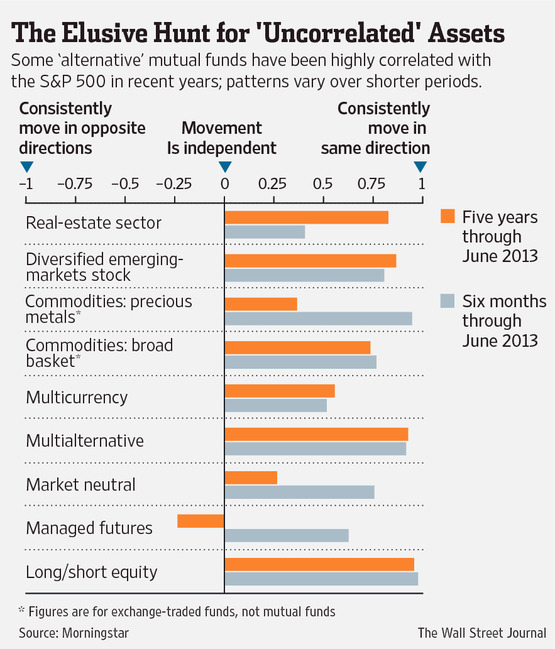Over the past 4 years since the latest cyclical bear (2nd of the secular bear since 2000) gored its clients, the financial business has sought to re-brand its fee-rich, risk products and re-market themselves as new and improved ‘stewards of capital’. Some packaging has been altered to be sure, balanced funds are now called “hybrid strategies” and hedge funds are now dubbed the nebulous but more sophisticated sounding “alternative asset classes”. In truth however, nothing useful has changed. They are still selling gullible people various forms of magnified leverage with no meaningful risk management, which means results seem good when prices are going up and catastrophic when they mean revert to reality once more.
As Galbraith so wisely put it nearly 60 years ago: “what is recurrently described as financial innovation is, without exception, a small variation on an established design…The world of finance hails the invention of the wheel over and over again, often in a slightly more unstable version.”
A recent study confirms what I have been warning about for the past 10 years: the herd behaviour of global capital flows driven by ETF’s, hedge funds, and passive capital allocators has served to foil any benefits of risk management via diversification among various risk asset classes. See: Have ‘alternative investments” lost their diversification value?
A central tenant of the widely espoused “modern portfolio theory” is that a portfolio composed of diverse asset classes will exhibit less volatility over time because the components don’t all move in sync. Correlation measures whether two investments tend to move in the same direction: Readings range from 1, which is perfect correlation, to minus 1, meaning investments consistently move in opposite directions. A reading of 0 indicates that two investments move independently.
Leuthold Group LLC, an institutional research firm in Minneapolis, studied the performance of commodities, real-estate investment trusts and hedge funds earlier this year and found that their “correlations to equities have risen dramatically” in recent years, as the firm’s former director of research, Eric Weigel, noted in a June report.
Leuthold looked at three periods over the past 20 years—the tech bubble (1994-99), the rise of alternatives (2000-08) and the post-financial-crisis years (2009-13)—and found that commodities, REITs and hedge funds have significantly increased their correlation to stock returns since 2009. Making the largest jump in correlation were commodities, as measured by the S&P/GSCI index of 24 commodity futures, including oil and gas, industrial and precious metals, agriculture and livestock.
All those today that think they are paying asset managers to protect their capital, should think again. The dominant strategy in a nut shell is to toss client capital into risk markets whenever they happen to bring you their money; select products that pay advisers the highest fees; take credit for cycle gains, and then blame others and “unforeseeable” events when market losses hit once more.
The only meaningful risk management over a full market cycle is one that controls when and how long one exposes savings to price cycles before moving to the sidelines. But since almost no one undertakes the hard work, worry and care of such a discipline, managers focus on looking busy–moving stuff around–and the masses remain naively strapped to the risk cycle at every price, perfectly positioned to lose with each mean reversion, sell, fire their manager– and move up the street to the next prestidigitator with promises and shiny packaging– to start all over again.



